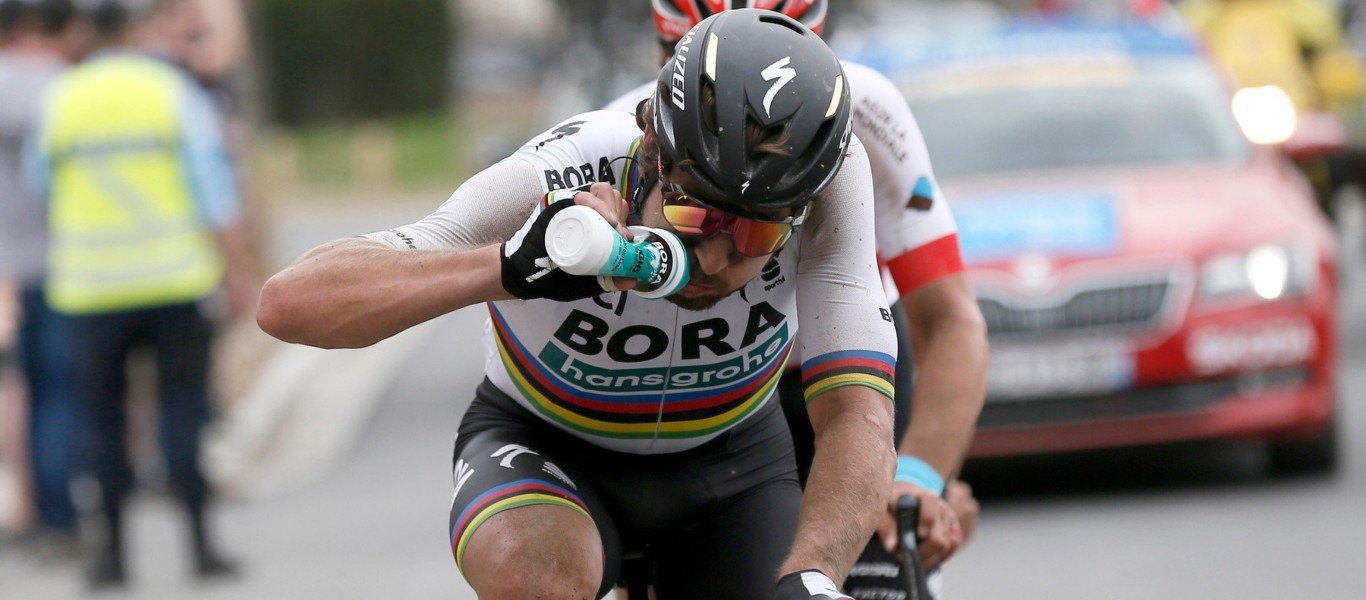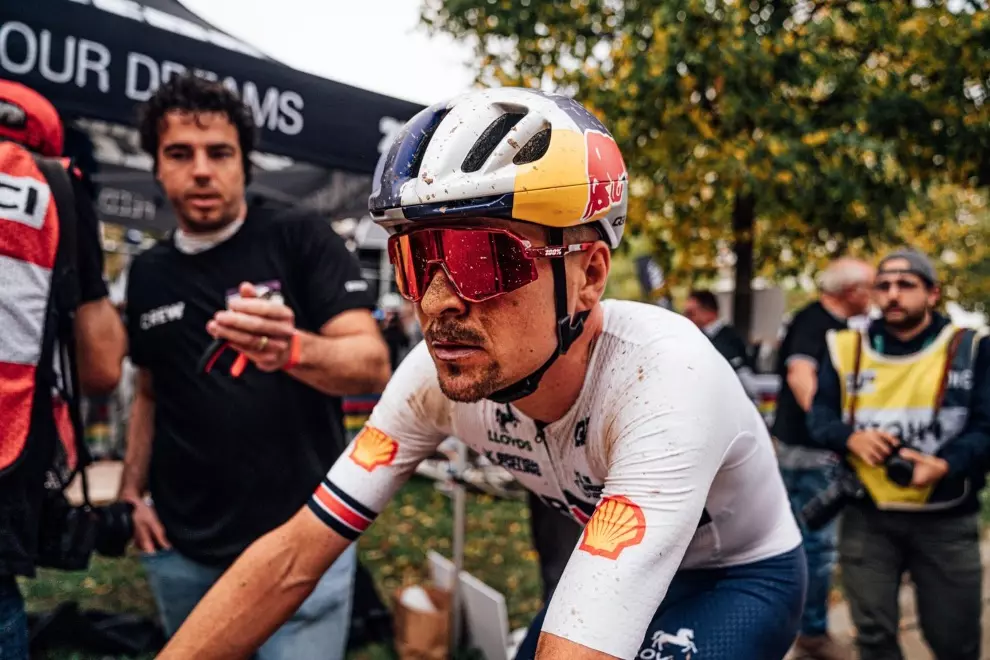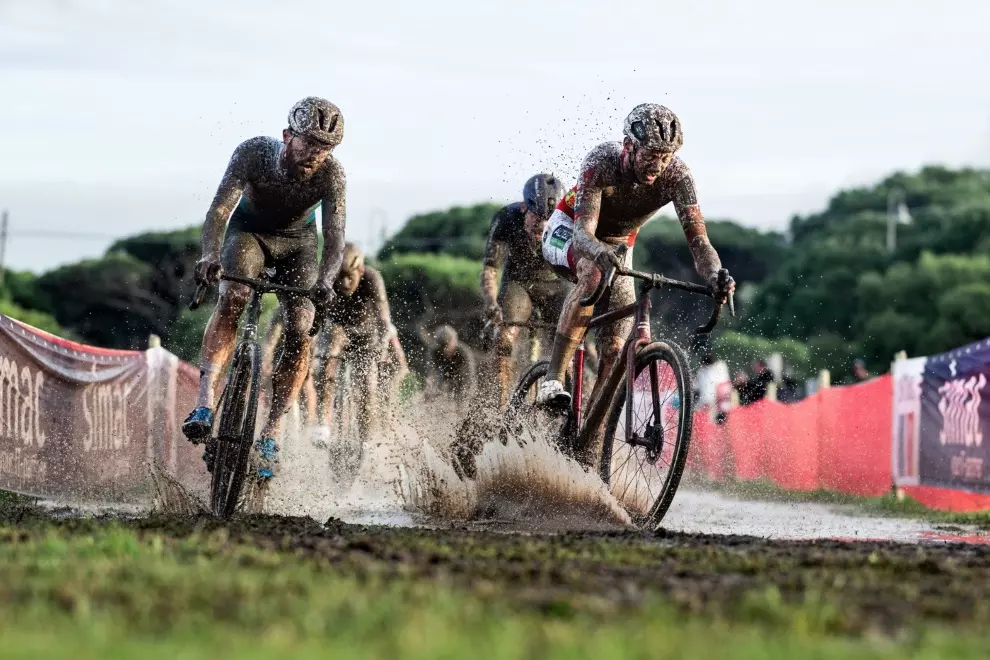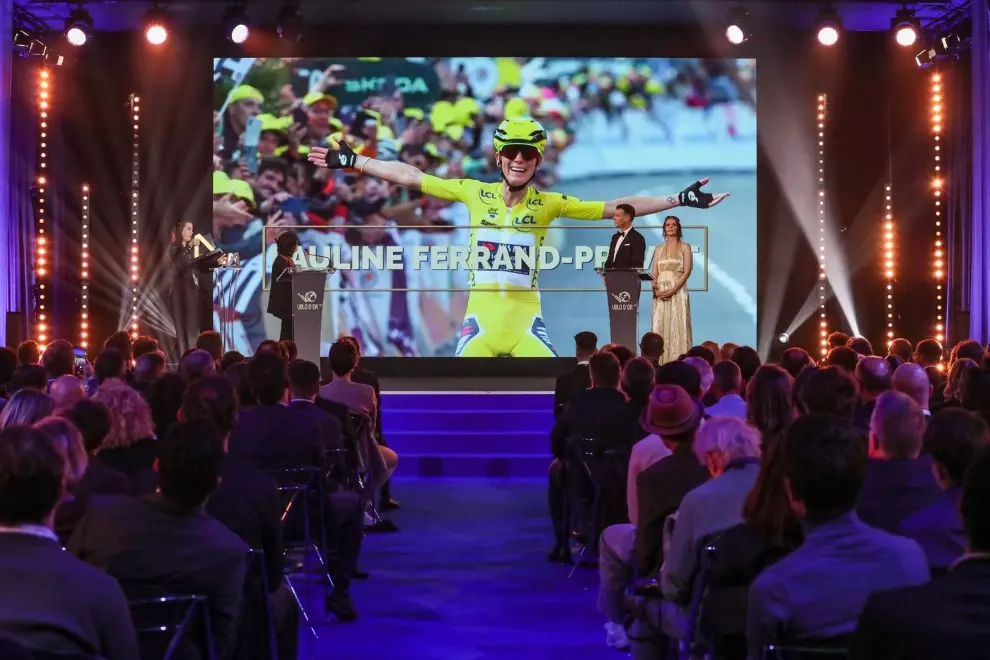The process of setting up a flawless communication system for each team begins several days before the start of the Tour when of the race jury consults with each team to establish its individual and unique team radio frequency for its onboard radio system. That ensures that other teams are unable to listen in on team communications and that there is no accidental radio interference.

When riding a stage, most of the riders are equipped with an onboard radio that weighs about 200 grams. In addition, team cars, which are often stuck behind their cyclists, need to be informed if one of their riders has crashed and where and if they are pulling away from the peloton in a breakaway or are riding alone. The race radio gives permission to these vehicles to break out of the procession order and speed up to catch up to the rider who needs assistance. Cars are not allowed to break out of the procession order – which is determined by team standings in the race – unless they are given clearance to do so. This clearance is usually given if a rider is in a breakaway with a lead of at least 1 minute over the peloton or a rider has crashed or is otherwise in need of medical assistance. Coming to the aid of a rider is less of a problem in the plains when the peloton is usually racing over multilane roads. However, it becomes quite difficult during mountain stages, when roads are often narrow and sinuous.
There is also a radio channel that connects only the two cars serving each team. This enables the team directors to establish who will help which riders and whether to stop and swap rider-specific equipment, a decision that usually depends on a rider’s position in the peloton.
When this communication system works flawlessly, you will see a domestique or a support rider drop out of the peloton to collect water bottles and other refreshments from a team car, a rider with a punctured tire being given a new bike just seconds after he dismounted and a rider on a breakaway being handed a water bottle with 30 kilometers remaining on the stage.





